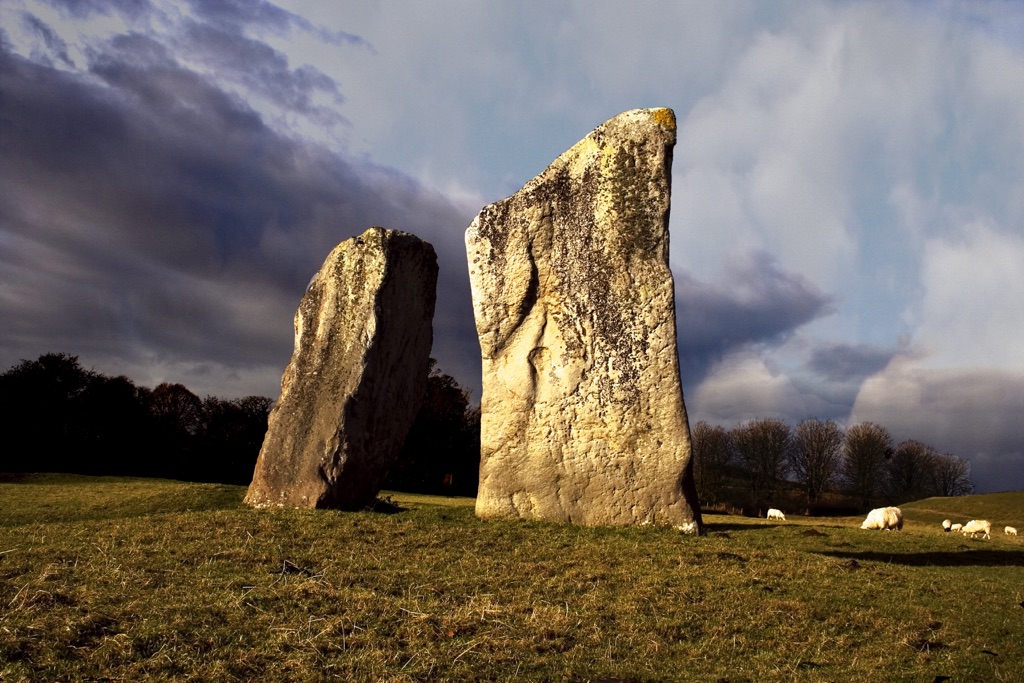Summary
The Historical Significance of Avebury Henge
Avebury Henge is an astonishing prehistoric site, nestled in the English countryside. It dates back to around 3000 BCE, making it older than Stonehenge. This monumental stone circle is one of the largest in Europe and is part of a wider complex of Neolithic and Bronze Age monuments. Visitors today can wander among the stones, feeling the echo of ancient ceremonies. The site includes the massive circular bank and ditch, with the large outer stone circle and two separate, smaller stone circles situated inside. This henge is a testament to the remarkable engineering skills and spiritual depth of its builders, whose work has stood the test of time.
Get your dose of History via Email
Exploring Avebury Henge’s Structure and Surroundings
Avebury Henge’s layout is a marvel of Neolithic construction. Its vast circular bank and internal ditch create a grand entranceway to the sacred space within. The standing stones, some weighing up to 40 tons, are arranged in a pattern whose meaning remains a mystery. Around Avebury, there are other important sites, such as Silbury Hill, West Kennet Long Barrow, and the Sanctuary, which are believed to have been connected in purpose. The entire landscape is seen as a ritualistic complex where the living could connect with the spiritual world. These structures are not only visually impressive but also offer insights into the ceremonial and social life of ancient communities.
Preservation Efforts and Visitor Engagement
Avebury Henge holds not just historical, but also cultural and natural significance. Recognized as a UNESCO World Heritage Site, it has become a focal point for preservation efforts. Conservation work strives to maintain the site’s integrity and accessibility for education and research purposes. For those who visit Avebury, it offers a unique opportunity to step back in time and experience a living museum. Interactive guides and educational programs engage visitors, helping to interpret the site’s rich past, and ensure that its stories and splendor are passed down to future generations.
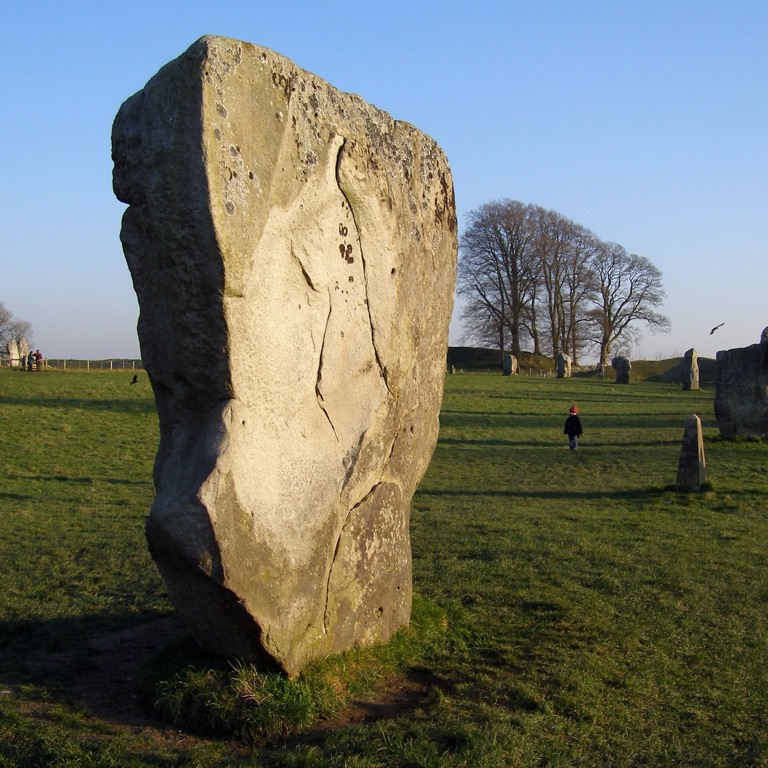
Historical Background of Avebury Henge
The Dawn of Avebury’s Construction
Avebury Henge emerged in the Neolithic period, over 5,000 years ago. During this time, early farming communities began shaping the landscape. They built this massive monument, whose purpose is still partly shrouded in mystery. Construction methods were simple but effective, involving moving and raising huge sarsen stones. The site, vast and complex, reflects considerable organization. The community likely shared a strong cultural and spiritual vision, driving them to create such a landmark.
Understanding the Henge’s Unique Design
Unlike other henges, Avebury’s design stands out. It consists of a huge circular bank and an internal ditch surrounding a great outer stone circle. Inside this circle are two additional, separate circles. Evidence suggests it was part of a ritual landscape, linked to nearby ceremonial sites. The arrangement of the stones may align with astronomical events. Such precision speaks to the builders’ knowledge and their connection to the cosmos.
Avebury in Relation to Other Neolithic Sites
Avebury Henge does not exist in isolation. It’s part of a network of prehistoric sites in the area, including Silbury Hill and West Kennet Long Barrow. Together they form a rich tapestry of Neolithic and early Bronze Age culture. These sites likely served as focal points for ceremonial activities. Their close proximity supports the idea of a cohesive community with shared religious and social practices.
Over centuries, Avebury has seen various changes and adaptations. In medieval times, some of its stones were toppled or buried. Invariably, local folklore grew around the site, intertwining with its history. The henge was rediscovered and excavated in the 17th century, igniting interest in its origin and purpose. Archaeological work has since provided insights, yet much about Avebury remains a compelling enigma.
Today, Avebury Henge is a celebrated part of Britain’s prehistoric heritage. As a UNESCO World Heritage Site, it is protected and explored by visitors and researchers alike. Through ongoing study and conservation, Avebury continues to captivate the imagination. It offers an invaluable glimpse into our distant past. And it stands as an enduring monument to human ingenuity and spiritual expression.
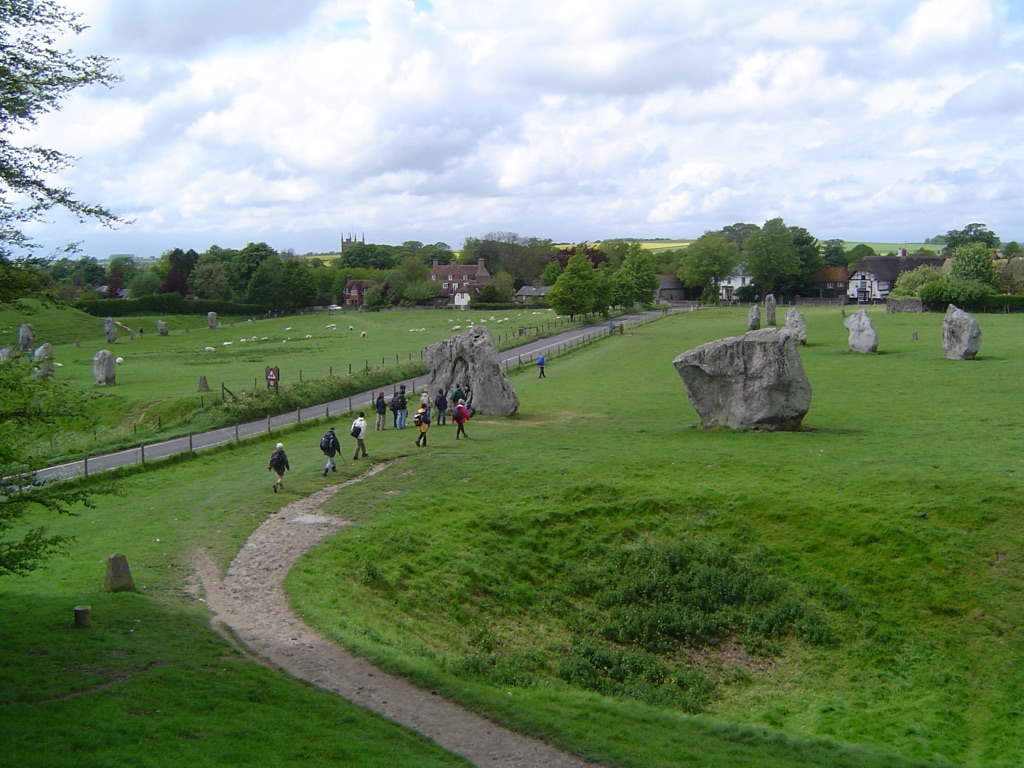
The Discovery of Avebury Henge
The Initial Rediscovery
In the 17th century, antiquarian John Aubrey rediscovered Avebury Henge. During a horseback ride across Wiltshire, he stumbled upon the site. Recognizing its significance, he reported the find to King Charles II. Aubrey’s identification of Avebury as an ancient work was revolutionary at the time. His efforts marked the beginning of Avebury’s modern history.
William Stukeley’s In-Depth Documentation
In the 18th century, another antiquarian, William Stukeley, delved deeper into Avebury’s history. He became fascinated with the site and dedicated his work to its study. Stukeley meticulously surveyed the henge and its surroundings. His drawings and descriptions were crucial to understanding Avebury, even though some interpretations were coloured by his Druidic theories.
Victorian Era and Continued Interest
Victorian scholars maintained the fascination with Avebury and built on previous work. New examinations burgeoned, fueled by the era’s love for history and archaeology. This interest laid down the foundation for detailed investigations, and it helped preserve Avebury for future study.
During the 20th century, archaeologist Alexander Keiller played a significant role in Avebury’s history. He invested in the site and undertook extensive excavation and reconstruction work. Keiller aimed to restore Avebury’s prehistoric appearance to the public. He also founded a museum to showcase the site’s artifacts and history.
Now fully recognized for its international importance, Avebury Henge continues to undergo study and conservation work. Researchers work hard to uncover more about the site’s origins and uses. As it stands, Avebury offers a potent link to our ancient human past. It holds stories waiting to be told and secrets yet to be uncovered.
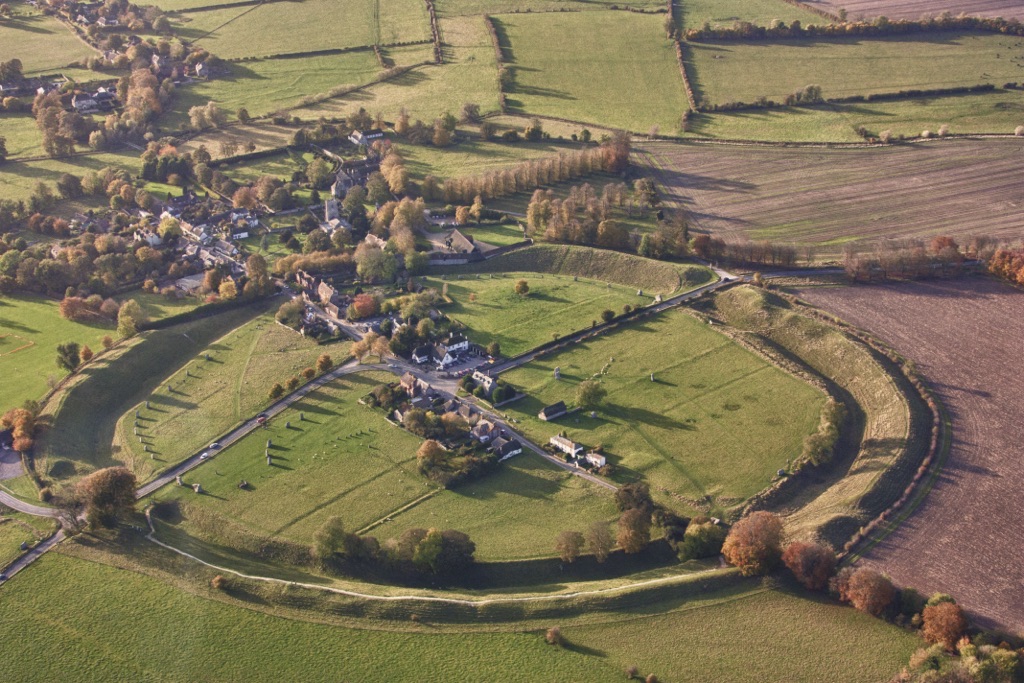
Cultural Significance, Dating methods, Theories and Interpretations
Cultural and Spiritual Influence of Avebury Henge
Avebury Henge’s massive stone circles and avenues have fueled imaginations for centuries. They bear silent witness to the rituals and beliefs of an ancient society. The monument’s scale and complexity imply that it was more than a local project; it was a destination. As a ceremonial site, it likely drew people from afar. Avebury stands as a symbol of communal belief and serves as a physical link to Britain’s prehistoric spirituality.
Unlocking Avebury’s Age: Dating Techniques
To understand when Avebury Henge was built, researchers have used several dating methods. Radiocarbon dating of organic material found within the site provides estimates for when the stones were erected. Archaeologists also analyze the wear on the stones and the encasing earth. These methods suggest that the construction of Avebury was a multi-generational task. They date it back to about 3000 BCE.
The Mysteries of Avebury: Theories and Interpretations
Many theories about Avebury’s purpose have been proposed. Some suggest it was a temple for worshipping ancestors, others believe it connected with the solstices. Additionally, alignments with other neolithic sites suggest a broader ritual landscape. Interpretations of Avebury can be speculative, as definitive evidence is scarce. Nonetheless, these theories provide a fascinating glimpse into possible neolithic beliefs.
As a cultural heritage site, Avebury Henge holds profound significance for understanding human history. It symbolizes the transformation of society during the Neolithic period. The point where agrarian life became more settled and complex social structures developed. Avebury, therefore, is not just a collection of stones but a monument to human development.
Investigations into Avebury continue, offering new insights into its construction and use. Modern techniques in archaeology and collaboration among historians allow a multi-faceted study of the site. Each discovery adds a piece to the puzzle of Avebury. The monument’s full story may forever remain elusive, but each theory and interpretation enriches our appreciation of this ancient wonder.
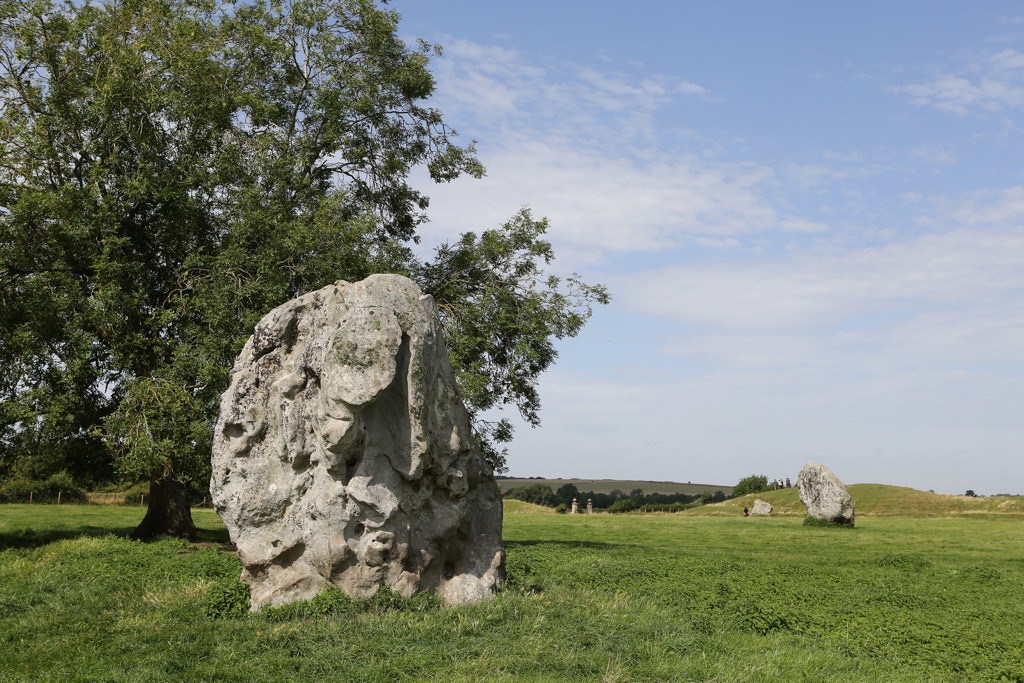
Conclusion and Sources
Avebury Henge is a monumental link to our Neolithic ancestors, a timeless testament to their spiritual and communal lives. Its stones hold the echoes of prehistoric ceremonies and social gatherings, inviting us to contemplate the beliefs and rituals of a bygone era. As we strive to unravel its mysteries, Avebury continues to be an invaluable resource for historians, archaeologists, and visitors. While much has been learned, the full extent of its cultural and historical significance is an ongoing journey of discovery. The conservation and study of Avebury allow future generations to explore and appreciate this ancient marvel.
For further reading and to validate the information presented in this article, the following sources are recommended:
Or you can check any of these reputable archaeological and historical texts:
Pollard, J., & Reynolds, A. (2002). Avebury: The biography of a landscape. Stroud: Tempus.
Gillings, M., & Pollard, J. (2004). Avebury. London: Duckworth.
Pryor, F. (2003). Britain BC: Life in Britain and Ireland before the Romans. London: HarperCollins.
Malone, C. (1989). Avebury. London: Batsford/English Heritage.
Dronfield, J. (1996). ‘The Vision Thing’: Diagnosis of Endogenous Derivation in Abstract Arts. Current Anthropology, 37(4), 666-669.
Pitts, M. (2001). Hengeworld. London: Arrow.
Ucko, P. J., Hunter, M., Clark, A. J., & David, A. (1991). Avebury reconsidered: From the 1660s to the 1990s. London: Unwin Hyman.

